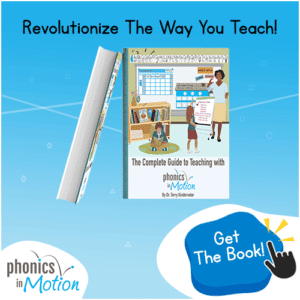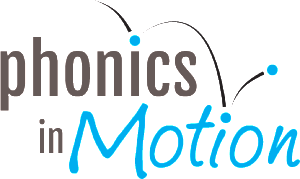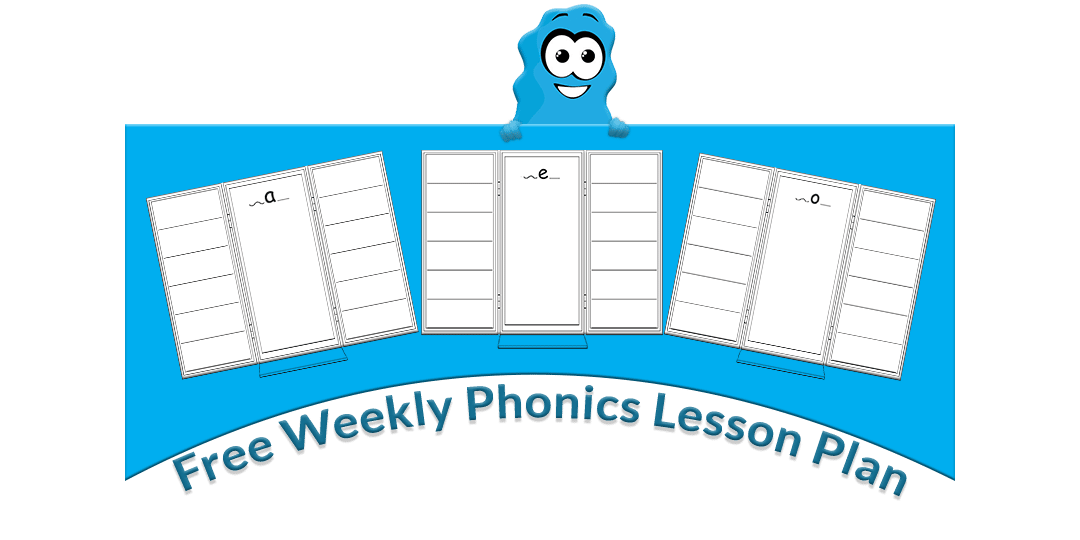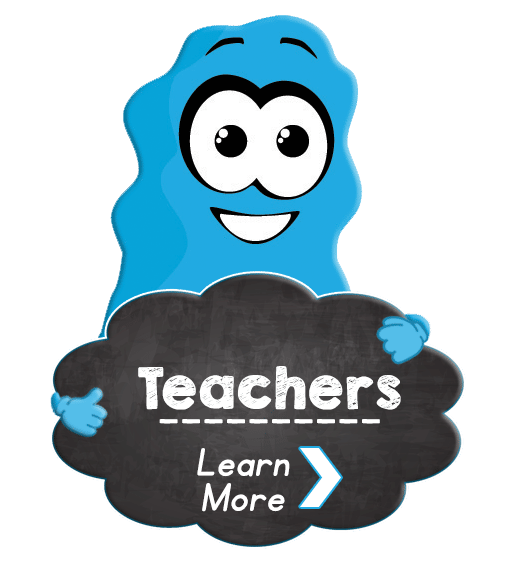Learning in Motion: Fun with Phonics
Phonics in Motion is a unique learning program that incorporates kinesthetic techniques in addition to auditory and visual sensory information. Children do not have a “one size fits all” learning style, therefore educational experiences tailored to a child’s learning styles will have a beneficial result in their ability to acquire, retain, and master information. Dr. Howard Gardner (Professor of Education, Harvard University), developed a theory in 1983 that directly addresses  how children learn and what effect that has on curriculum and education. Dr. Gardner found that there are multiple intelligences through which children learn. Successful classrooms consistently incorporate strategies that address all of Dr. Gardner’s areas of intelligence.
how children learn and what effect that has on curriculum and education. Dr. Gardner found that there are multiple intelligences through which children learn. Successful classrooms consistently incorporate strategies that address all of Dr. Gardner’s areas of intelligence.
- Linguistic intelligence (“word smart”)
- Logical-mathematical intelligence (“number/reasoning smart”)
- Spatial intelligence (“picture smart”)
- Bodily-Kinesthetic intelligence (“body smart”)
- Musical intelligence (“music smart”)
- Interpersonal intelligence (“people smart”)
- Intrapersonal intelligence (“self smart”)
- Naturalist intelligence (“nature smart”)
In order to reach all students and allow them the opportunity to attain their full learning potential, Dr. Gardner’s research proposed that teachers should present material in multiple formats so that every student has an avenue of understanding that they can implement to process new information.
Phonics in Motion provides an avenue for teachers to use multiple intelligences in their daily classroom teaching, thus reaching more students!
Linguistic Intelligence
Students who operate on linguistic intelligence are known as word smart. These scholars learn best and excel at speaking and writing to achieve learning goals. These students work best when they hear something spoken and are able to demonstrate their learning through writing. Phonics in Motion is a wonderful experience for these students because of the repetition of sounds and (phonemes). With the daily routines, these learners have repeated exposure to spoken information as well as a daily opportunity to write.
Body-Kinesthetic Intelligence
Body-kinesthetic intelligence is the ability to learn through carrying out physical motion as opposed to spoken instruction. These learners are those who have had fewer opportunities to learn to their fullest potential in traditional classrooms. These students benefit greatly from PIMs as they connect movement to sound, allowing them to use their natural ability to acquire knowledge. PIMs stimulate the active child’s mind, fostering and encouraging their ability to learn letters and sounds.
PIMs motions further this intelligence because each motion is based on how sounds exit the mouth and mirrors this sound through tactile movement. The engagement and enjoyment of PIM further foster these learners and provide them with an opportunity to do their best learning!
Musical Intelligence

Students with musical intelligence benefit greatly from PIM as well. These students use rhythms and patterns to learn.
Because Phonics In Motion incorporates beats, songs, and poems, these learners will retain information presented to them while traditional means may not. The songs that PIM incorporates are to the tune of familiar children’s songs (ex. the melody of Frere Jacque) and are implemented into the daily lessons throughout the month.
Phonics in Motion achieves success through many different approaches, but the appeal to children is undeniable. It’s so much FUN! The daily learning routines naturally incorporate multiple movements and allow all learners to participate and benefit!






